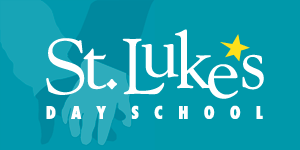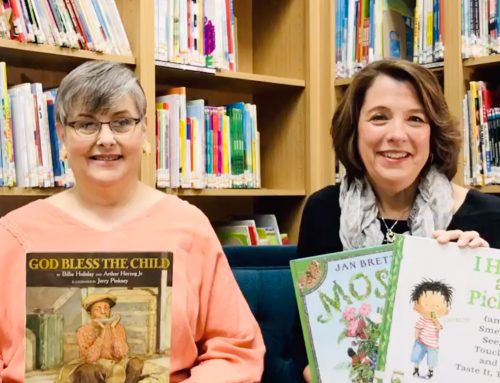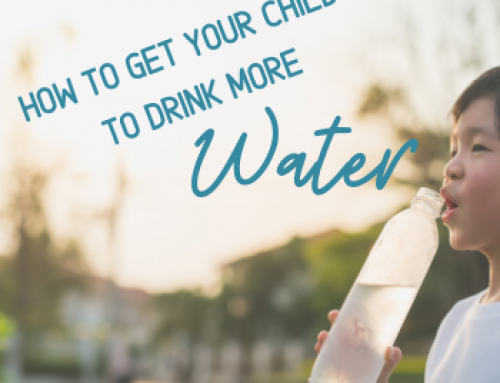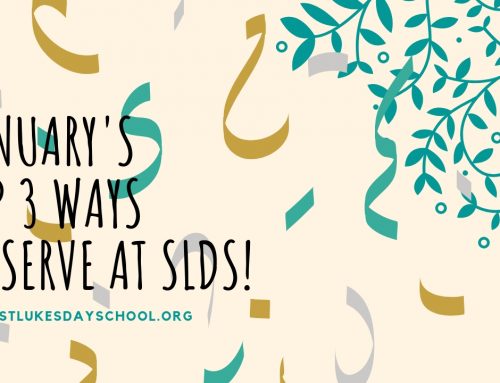Gross Motor and Fine Motor Development
Support Your Child On The Move!
Throughout your child’s early childhood years you’ll often hear the terms gross motor and fine motor development. Gross motor refers to physical skills that use large body movements, normally involving the entire body. Fine motorrefers to physical skills necessary to engage in smaller, more precise movements, normally using the hands and fingers. Gross motor activities are generally associated with health and fitness and fine motor are more often associated with writing and academic success. Even though gross and fine motor activities are divided into two skill sets, research tells us that nothing about physical development happens in isolation. These skills are part of a cohesive network of physical abilities.
Gross and fine motor activities look different in each of our classrooms and on each outdoor classroom. It is interesting to note that some motor activities are repeated at each age and stage, as children gain new strength, endurance, and skill at each level. Teachers know that the old saying practice makes perfect is well-founded when choosing activities to support motor development. At SLDS we are also fortunate to have a motor development teacher, aka, Coach Hammond. Children in our Twos and up classes engage in organized physical education curriculum with Coach once or twice a week. Here is a sampling of gross and fine motor activities you are likely to see at school as we focus on physical development:
Infant teachers engage babies in:
- Tummy time
- Rolling over
- Scooting
- Sitting and maintaining balance
- Grasping an object
- Body-rocking and foot-kicking
Toddlers/Twos begin to become aware of their bodies in relation to space; this can result in tumbles due to misjudging distance and strength. So we practice:
- Running, climbing, and jumping
- Swinging and sliding
- Kicking and throwing a large ball
- Completing simple puzzles
- Fitting objects into a container
- Building with blocks
Three year olds are still quite uncoordinated, and yet, eager to try things on their own. Teachers will work with your child on activities to challenge their rapidly advancing physical growth:
- Kicking large balls with more accuracy
- Moving the bicycle forward using pedals
- Singing songs with hand/finger motions
- Molding playdough and clay
- Using writing instruments, especially crayons, and beginning scissoring work
- Building complex block structures
PreK and Kindergarten children gain more control over their movements, are eager to jump high, pedal tricycles fast, and proudly write their names. Activities will foster:
- Coordinating the sequence of movements to perform a task or play a group game
- Climbing and jumping with ease; improved upper body strength
- Expressive movement using music and dancing
- Small muscle strength and control; using manipulative tools in learning centers (tongs, eye droppers, etc.)
- Improved balance and good core muscle tone
- Eye-hand coordination
The Twos through Kindergarten classes attend Motor Class. The children love visiting Coach Hammond, their Motor Class teacher each week in the gym. Peak in and you may see:
- Running and skipping on the gym lines
- Intricate obstacle courses
- Eye-hand coordination games
- Throwing, catching, and bouncing balls
- Side-stepping, giant stepping, baby stepping – even crawling with a purpose
- Activities, including crossing the mid-line of the body, to engage our marvelous brains in regrouping and refocusing our bodies; activities to stay mentally and physically sharp and physically strong
By the way, October in Houston is a month where outdoor activities abound. Check out www.visithoustontexas.comand the Kid-Friendly Activities In Houston tab. The cooler days provide the perfect setting for children and families to get moving! Take a few minutes to play outside, ride bikes, go for a walk, and explore! Remember, a learning child is on the move!





